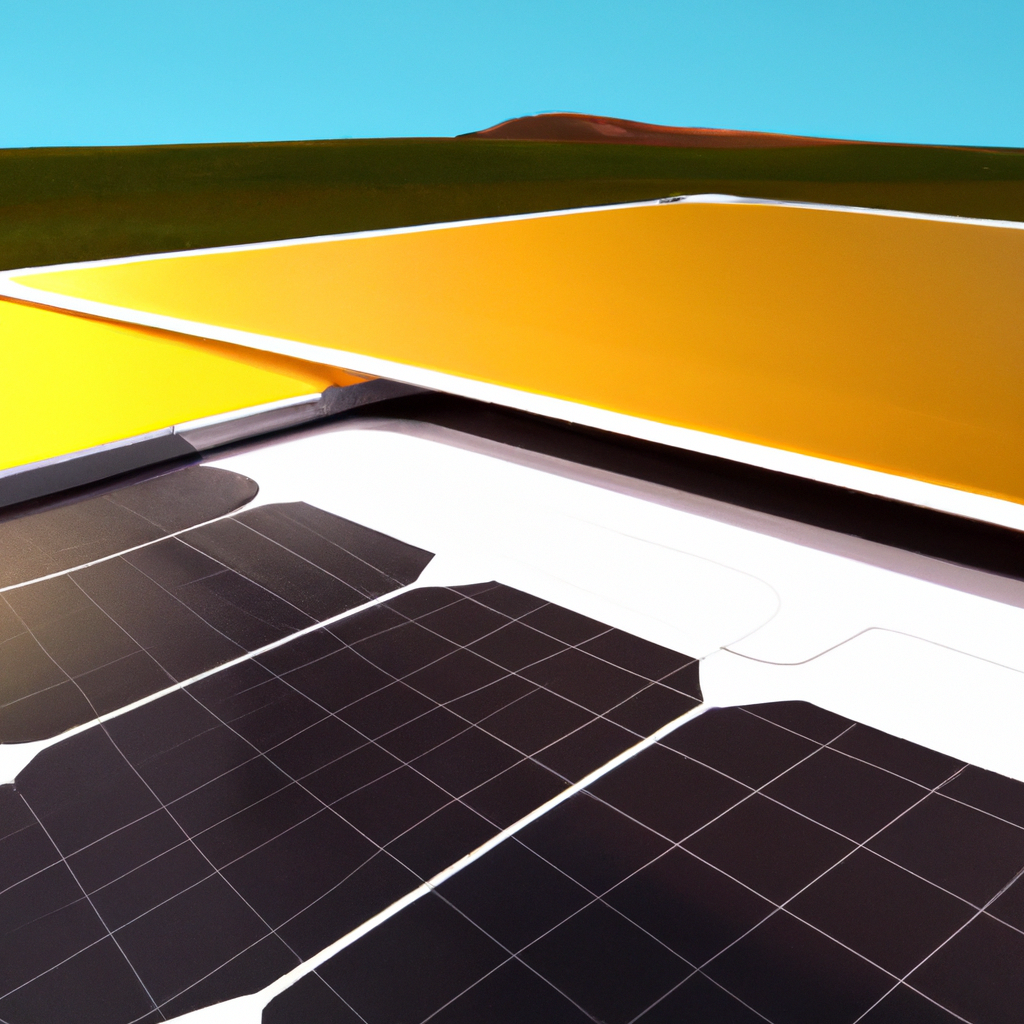Solar power systems have gained popularity over the years as people are becoming more aware of the importance of renewable energy. A solar power system is a type of renewable energy system that harnesses energy from the sun to generate electricity. This article will explain how solar power systems work, including the photovoltaic technology, solar panels, solar cells, solar electricity, solar inverter, solar battery, and solar panel installation.
How Does a Solar Power System Work?
A solar power system works by converting solar energy into electrical energy. It consists of several components that work together to generate electricity. These components include solar panels, solar cells, solar electricity, solar inverter, and solar battery.
Photovoltaic Technology
The photovoltaic (PV) technology is the backbone of a solar power system. PV technology uses materials such as silicon to convert solar energy into electrical energy. Solar panels are made up of several PV cells that work together to generate electricity. The PV cells are connected to each other, and when sunlight strikes them, they create an electric current.
Solar Panels
Solar panels are the most visible component of a solar power system. They are made up of several interconnected PV cells that convert sunlight into electricity. The solar panels are usually mounted on the roof or on a structure that receives direct sunlight. The solar panels generate DC (direct current) electricity that is then sent to the inverter.
Solar Cells
Solar cells are the building blocks of solar panels. They are made of silicon, which is a semiconductor material that converts sunlight into electricity. Solar cells are connected together to form a solar panel. The more solar cells a solar panel has, the more electricity it can generate.
Solar Electricity
The DC electricity generated by the solar panels is sent to the inverter. The inverter converts the DC electricity into AC (alternating current) electricity, which is used in homes and businesses. The AC electricity is then sent to the main electrical panel, where it can be used to power appliances and other electrical devices.
Solar Inverter
The solar inverter is a critical component of a solar power system. It converts the DC electricity generated by the solar panels into AC electricity that can be used by homes and businesses. The inverter also ensures that the AC power is synchronized with the utility power grid, which is essential for safety reasons.
Solar Battery
A solar battery is an optional component of a solar power system. It is used to store excess electricity generated by the solar panels during the day. The stored energy can then be used at night or during periods of low sunlight. A solar battery can also provide backup power in case of a power outage.
Solar Panel Installation
Solar panel installation is a critical part of a solar power system. The installation process involves several steps, including site assessment, design, and installation. Site assessment involves evaluating the location of the solar panels to determine the best orientation and tilt angle for maximum sunlight exposure. Design involves determining the size and number of solar panels needed to meet the electricity needs of the home or business. Installation involves mounting the solar panels on the roof or on a structure that receives direct sunlight.
Conclusion
In conclusion, a solar power system is a type of renewable energy system that converts solar energy into electrical energy. The system consists of several components, including solar panels, solar cells, solar electricity, solar inverter, and solar battery. The photovoltaic technology is the backbone of a solar power system, and it uses materials such as silicon to convert solar energy into electrical energy. Solar panel installation is a critical part of a solar power system, and it involves several steps, including site assessment, design, and installation. With the increasing demand for renewable energy, solar power systems are becoming more popular as they offer a clean and sustainable source of electricity.







